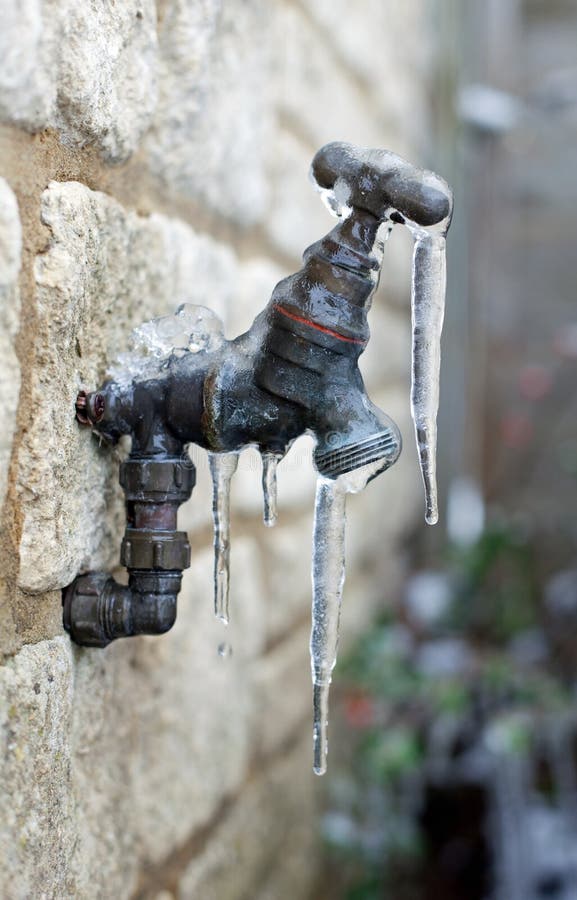Just how do you really feel in regards to How to Prevent Your Pipes From Freezing?
:strip_icc()/snow-outdoor-faucet-pipes-4af65d1e5e904fb1aa7bf74071fe5d89.jpg)
Winter can ruin your pipes, especially by freezing pipelines. Right here's just how to stop it from occurring and what to do if it does.
Intro
As temperatures drop, the danger of frozen pipes boosts, potentially resulting in expensive repair services and water damages. Understanding exactly how to stop frozen pipes is critical for homeowners in cold climates.
Recognizing Icy Pipelines
What triggers pipes to freeze?
Pipelines ice up when revealed to temperature levels below 32 ° F (0 ° C) for extended durations. As water inside the pipelines freezes, it expands, taxing the pipeline walls and possibly triggering them to break.
Dangers and damages
Icy pipes can lead to water interruptions, residential property damage, and pricey repair services. Burst pipes can flood homes and create substantial architectural damage.
Indicators of Frozen Pipeline
Recognizing frozen pipes early can stop them from bursting.
Exactly how to recognize frozen pipelines
Look for decreased water circulation from taps, uncommon smells or noises from pipelines, and noticeable frost on exposed pipes.
Prevention Tips
Protecting prone pipelines
Cover pipelines in insulation sleeves or make use of heat tape to shield them from freezing temperature levels. Concentrate on pipes in unheated or outside areas of the home.
Heating strategies
Maintain indoor rooms sufficiently heated up, particularly areas with pipes. Open up cupboard doors to enable warm air to flow around pipelines under sinks.
Securing Exterior Pipes
Garden tubes and outside faucets
Separate and drain yard pipes before winter months. Set up frost-proof faucets or cover outdoor taps with shielded caps.
What to Do If Your Pipes Freeze
Immediate activities to take
If you presume icy pipelines, keep faucets open up to eliminate stress as the ice melts. Use a hairdryer or towels taken in warm water to thaw pipes gradually.
Long-Term Solutions
Architectural adjustments
Consider rerouting pipelines away from outside walls or unheated locations. Add additional insulation to attic rooms, basements, and crawl spaces.
Upgrading insulation
Buy top notch insulation for pipelines, attics, and walls. Appropriate insulation aids maintain regular temperatures and decreases the threat of frozen pipelines.
Verdict
Avoiding icy pipes calls for aggressive actions and fast actions. By recognizing the causes, indicators, and safety nets, house owners can safeguard their plumbing during cold weather.
5 Ways to Prevent Frozen Pipes
Drain Outdoor Faucets and Disconnect Hoses
First, close the shut-off valve that controls the flow of water in the pipe to your outdoor faucet. Then, head outside to disconnect and drain your hose and open the outdoor faucet to allow the water to completely drain out of the line. Turn off the faucet when done. Finally, head back to the shut-off valve and drain the remaining water inside the pipe into a bucket or container. Additionally, if you have a home irrigation system, you should consider hiring an expert to clear the system of water each year.
Insulate Pipes
One of the best and most cost-effective methods for preventing frozen water pipes is to wrap your pipes with insulation. This is especially important for areas in your home that aren’t exposed to heat, such as an attic. We suggest using foam sleeves, which can typically be found at your local hardware store.
Keep Heat Running at 65
Your pipes are located inside your walls, and the temperature there is much colder than the rest of the house. To prevent your pipes from freezing, The Insurance Information Institute suggests that you keep your home heated to at least 65 degrees, even when traveling. You may want to invest in smart devices that can keep an eye on the temperature in your home while you’re away.
Leave Water Dripping
Moving water — even a small trickle — can prevent ice from forming inside your pipes. When freezing temps are imminent, start a drip of water from all faucets that serve exposed pipes. Leaving a few faucets running will also help relieve pressure inside the pipes and help prevent a rupture if the water inside freezes.
Open Cupboard Doors
Warm your kitchen and bathroom pipes by opening cupboards and vanities. You should also leave your interior doors ajar to help warm air circulate evenly throughout your home.

We had been brought to that report about How To Avoid Freezing Pipes from a friend on another web property. So long as you appreciated our blog entry if you please remember to pass it around. Bless you for being here. Return soon.
Call Today